Roger Stern enjoyed well-regarded runs on Amazing Spider-Man, in which he introduced Captain Marvel (Monica Rambeau) and the Hobgoblin; Avengers; and Captain America. He launched West Coast Avengers and wrote numerous tie-in miniseries starring Earth’s Mightiest Heroes. At DC, he relaunched Atom and co-created Starman (Will Payton) before participating in one of comics’ most shocking events: the 1992 “Death of Superman.” He later returned to Marvel to write Amazing Spider-Man and related titles.
After beginning his writing career on DC horror titles, David Michelinie moved to Marvel. He and co-writer/inker Bob Layton established Iron Man’s battle with alcoholism, use of specialized armor variants and vendetta against Doctor Doom, as well as other aspects of the character that endure to this day. Michelinie’s unique blend of action, suspense and humor distinguished not only Iron Man, but also Amazing Spider-Man. With artist Todd McFarlane, he introduced the vicious vigilante Venom; he also wrote the first Venom limited series, Lethal Protector. Michelinie’s run as Amazing writer was second in length only to that of Stan Lee himself, while he also authored tie-in titles Spectacular Spider-Man, Web of Spider-Man and Spider-Man. He moved from Marvel’s flagship character to DC’s with a stint on Superman’s Action Comics, later returning to the world of Tony Stark for writing collaborations with Bob Layton on Iron Man: Legacy of Doom and Iron Man: The End.
Dwayne McDuffie (1962-2011) proved his writing range by covering both serious subjects in Deathlok and comedy in three Damage Control miniseries. He also wrote Captain Marvel (Monica Rambeau) one-shots and backup stories for Avengers titles. At DC, he co-founded Milestone, co-creating Blood Syndicate, Hardware, Icon and Static — the latter of which was adapted for television in the Static Shock animated series, which won an Emmy and a Humanitas Prize in Children’s Animation. He wrote for DC’s animated Justice League and Teen Titans series, as well as for the Justice League of America comic. He returned to Marvel to revive Deathlok/Collins in the Beyond miniseries, which partially carried over to McDuffie’s stint on Fantastic Four. He wrote Acclaim’s X-O Manowar, as well as Harvey’s multi-media adaptations Back to the Future: Forward to the Future and Monster in My Pocket.
John Romita Jr. is a modern-day comic-art master, following in his legendary father’s footsteps. Timeless runs on Iron Man, Uncanny X-Men, Amazing Spider-Man and Daredevil established him as his own man artistically, and his work on Wolverine and World War Hulk is among the most explosive comic art of the 21st century. In addition to Eternals with writer Neil Gaiman, JRJR teamed with Mark Millar on the creator-owned Kick-Ass, later developed into a blockbuster feature film starring Nicolas Cage. Spidey fans rejoiced at the artist’s return to Amazing Spider-Man with the “Brand New Day” storylines “New Ways To Die” and “Character Assassination.” He later helped relaunch Avengers with writer Brian Michael Bendis and Captain America with Rick Remender, and contributed to the blockbuster crossover Avengers vs. X-Men. For DC Comics, he has drawn big-name characters such as Superman, Batman and the Suicide Squad.
John Buscema (1927-2002) literally wrote the book on being a Marvel artist — namely, How To Draw Comics the Marvel Way — and few were better qualified. His career dated back to the Timely/Atlas era of the late ’40s and early ’50s. Soon after beginning the Marvel Age of Comics, Stan Lee recruited Buscema from the advertising field to the Marvel Bullpen. Buscema followed a long run on Avengers with the long-anticipated first Silver Surfer series. He subsequently succeeded Jack Kirby on Fantastic Four, Thor and other titles. By the time of his retirement in 1996, Buscema had penciled nearly every Marvel title — including his personal favorite, Conan the Barbarian.
After a start as inker to his older brother John, Sal Buscema penciled Captain America, Defenders, Incredible Hulk and more. Famed for his ability to meet tight deadlines, he spread his talents across multiple genres. His 1970s work ranged from Ms. Marvel and Nova to Sub-Mariner and Spider-Woman’s first appearance in Marvel Spotlight. He was the uninterrupted artist on Spectacular Spider-Man for more than 100 issues and penciled the web-slinger’s adventures in Marvel Team-Up, in which he and writer Bill Mantlo introduced Captain Jean DeWolff. After handling more team-ups in the Thing’s Marvel Two-in-One, he reunited with brother John on Steve Englehart’s Fantastic Four. He later provided inks for Tom DeFalco’s Spider-Girl titles and Thunderstrike miniseries.



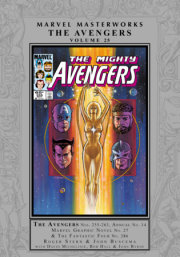
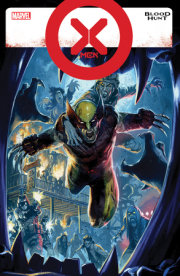
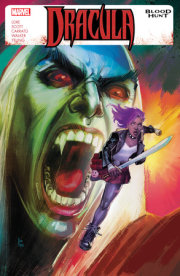
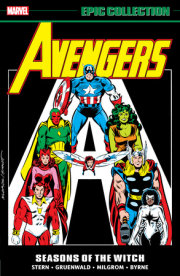
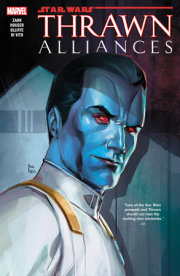

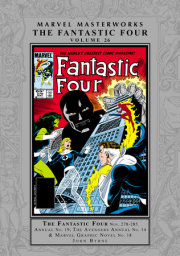
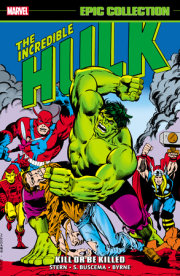

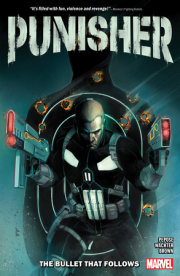
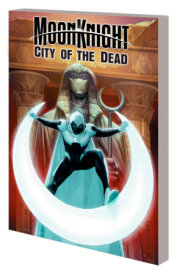
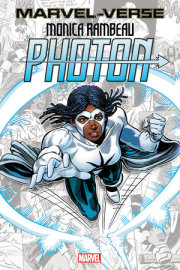
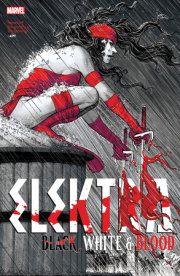
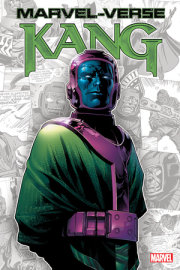
![THE AVENGERS OMNIBUS VOL. 1 [NEW PRINTING]](https://images.penguinrandomhouse.com/cover/9781302953546?width=180)
![DAREDEVIL EPIC COLLECTION: A TOUCH OF TYPHOID [NEW PRINTING]](https://images.penguinrandomhouse.com/cover/9781302950491?width=180)
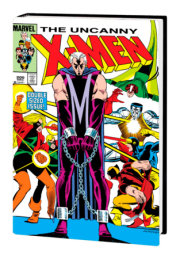
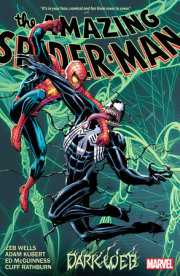
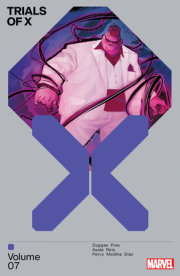
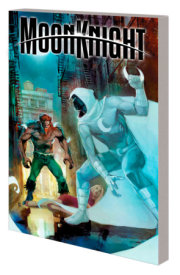
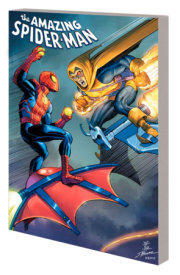
![AMAZING SPIDER-MAN EPIC COLLECTION: KRAVEN'S LAST HUNT [NEW PRINTING]](https://images.penguinrandomhouse.com/cover/9781302950330?width=180)
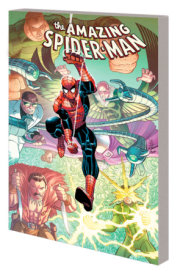

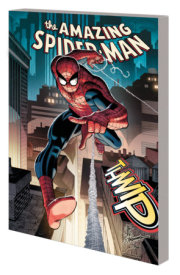


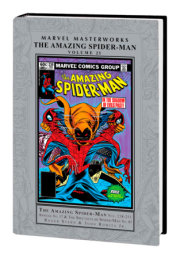
![AVENGERS WEST COAST EPIC COLLECTION: HOW THE WEST WAS WON [NEW PRINTING]](https://images.penguinrandomhouse.com/cover/9781302928193?width=180)
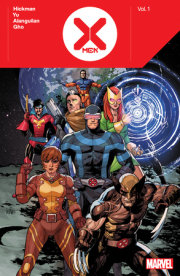
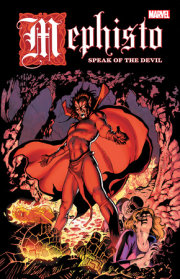
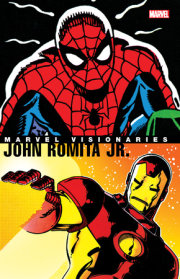

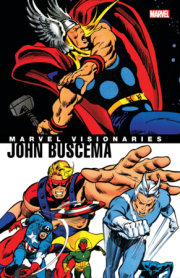
![HULK: WORLD WAR HULK [NEW PRINTING]](https://images.penguinrandomhouse.com/cover/9781302920777?width=180)